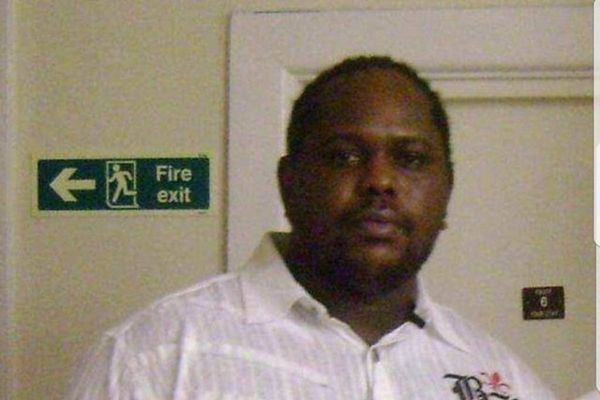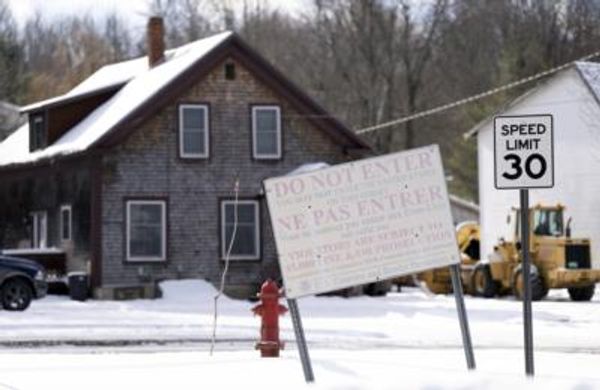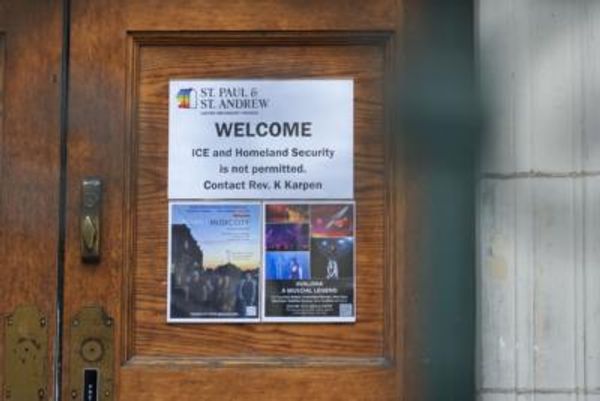
This is the second truly catastrophic result for the Liberal Party in Western Australia in as many years. After being reduced to two lower house seats in the 2021 state election, the federal Coalition last night suffered a swing against it that delivered Labor every seat it was realistically targeting, and, as it turns out, more (possibly even Moore — more on that later).
There was Swan, losing its long-time Liberal member Steve Irons; Pearce, which was losing former attorney-general Christian Porter to scandal; and at the outer edges, but very much in play, was Hasluck, held by Indigenous Affairs minister Ken Wyatt.
All fell to Labor. But then Tangney, held by Scott Morrison’s close ally Ben Morton on a “safe” margin of 11.5%, sensationally went. Moore, the previously very safe outer-metro seat held by Ian Goodenough is, at the time of writing, still in doubt. Canning, a previously safe seat held by Andrew Hastie, looks likely to stick with the Liberals, but as a marginal.
Even the most optimistic Labor people I spoke to during the campaign never mentioned those seats as targets. Even the enormous, profoundly safe Liberal seats spread out across the regions, such as O’Connor and Durack, copped big swings towards Labor. Labor’s most marginal seat was Cowan, held by Anne Aly on 0.9%. She’ll be sleeping a lot better tonight after a 10.5% swing her way.
And it doesn’t stop in the lower house. As Shane Wright points out, the Senate is looking good for Labor too: the Liberal Senate primary is down 11.4% while Labor is up 6.5%.
And that’s perhaps what’s so striking about the result in the west. In Victoria and New South Wales, dissatisfaction with the Liberal Party delivered a huge swing to the teal independent movement. In Queensland, the Greens had their greatest ever night in the lower house. WA has its own teal challenger — the former jewel in the WA Liberal crown, Curtin, is currently on track to fall to local independent Kate Chaney. But only in WA was it unequivocally the Labor Party that voters endorsed.
The swings to the ALP are eye-watering: 15% in Pearce, 13.6% in Swan, 13.3% in Tangney, 11.8% in Hasluck, nearly 10% in Durack and just over 9% in O’Connor.
This is the first time since Bob Hawke’s era that Labor has won more lower house seats in Western Australia than the Coalition — the ALP lost a seat here while the rest of the country was delivering a Rudd-slide, for God’s sake. Last time out it didn’t manage 30% of the primary vote.
Was it the Liberal backing for Clive Palmer’s lawsuit against the state? The Croods? McGowan-mania wiping out the Liberal campaign machinery? The anonymity of high-profile WA Libs during the campaign, whether due to other commitments, scandal or seeming indifference? Or perhaps the state’s voters, whose aversion to any kind of policy affecting the mining industry was so visceral it turned election after election, finally decided climate change action was the most urgent issue when casting their vote.
Either way, the Liberal Party in Western Australia will have to do (even more) painful public soul searching over how, in the space of two years, the state has gone from a stronghold to a graveyard.







